Does the poisonous White Lotus fruit really exist - and what would actually happen if you ate it?
Here's what you need to know
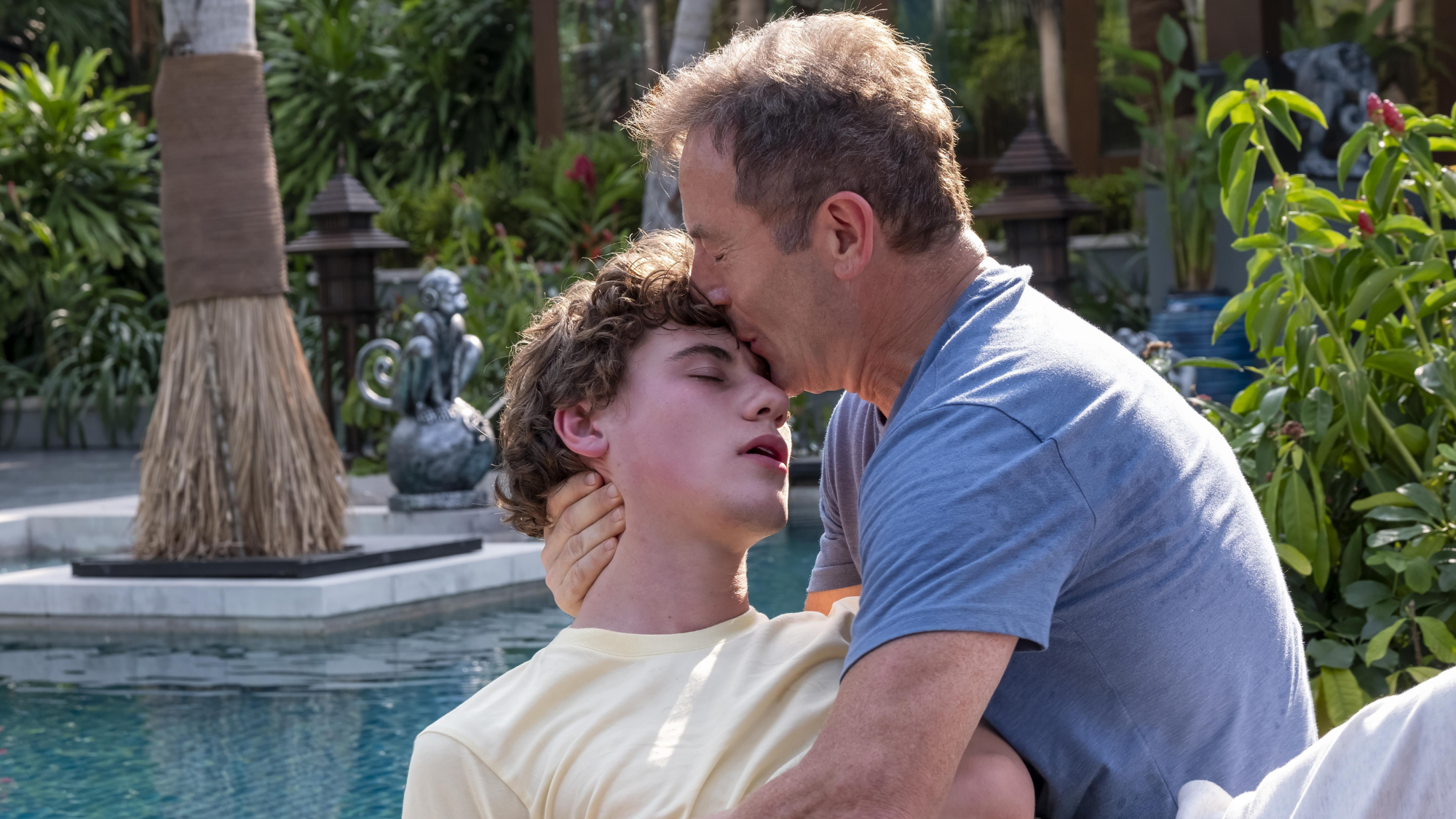
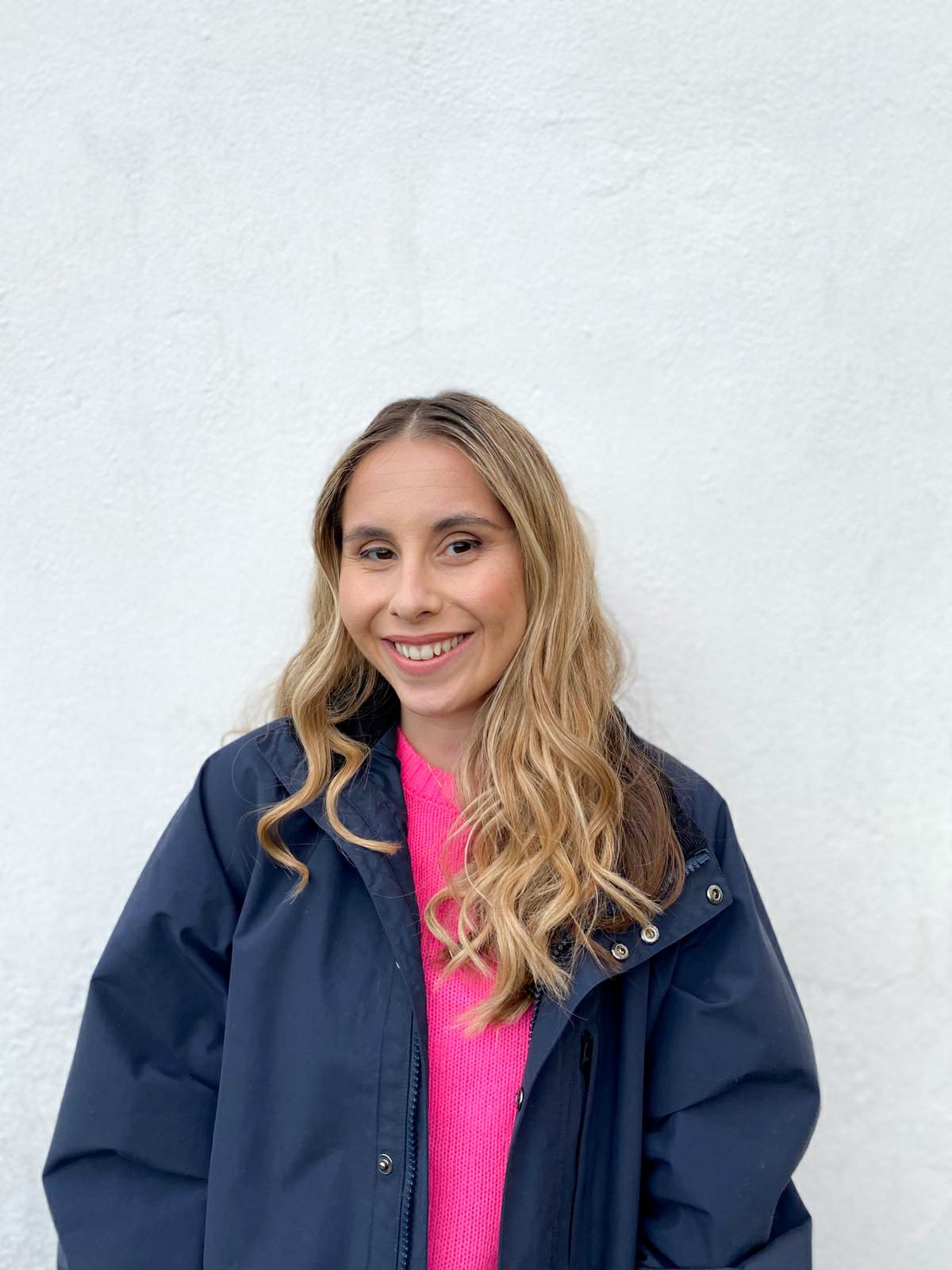
Trigger warning: This article contains mentions of suicide and homicide.
If, like so many of us, you've watched The White Lotus season 3 finale, you may have a lot of questions about the so-called "suicide tree" that's prominently featured in the episode. (And if you haven't watched the episode yet, we suggest you stop reading right here.)
In the finale, Tim Ratliff (Jason Isaacs) is looking for a way to kill his wife, two of his children, and himself, because he's about to lose everything following a financial crime he was involved in.
That's when he remembers that hotel employee Pam previously mentioned the tree that's in the garden of their luxury family suite, whose fruit can kill you. He asks her about it again, and she tells him it's referred to locally as the "suicide tree," because many people grind up the seeds and ingest them when they want to intentionally kill themselves or others. Tim no longer has a gun at his disposal, so these seeds emerge as a way to accomplish his bloody mission. He doesn't want to kill his youngest son Lochlan, so he asks staff to bring piña colada ingredients to the villa - which he mixes in the blender, along with the seeds. Lochlan, who is underage, makes do with a bottle of soda.
Tim serves the poisoned drink to Victoria, Saxon, Piper and himself and makes a bit of a speech with the family gathered in their suite. But when he sees them all take a sip, he changes his mind and violently knocks the glass out of Saxon's hand, claiming the coconut milk was off.
But Tim doesn't clean out the blender before going to bed, and in the morning, Lochlan makes himself a protein shake without taking out the piña colada and seeds residue. He drinks it, and a bit of time later, he starts vomiting and eventually collapses by the pool, where his dad finds him and thinks he's dead. Lochlan recovers some moments later in his dad's arms.
But what is this poisonous tree, exactly? And how realistic was any of this? Marie Claire UK tapped experts for answers.
Marie Claire Newsletter
Celebrity news, beauty, fashion advice, and fascinating features, delivered straight to your inbox!
What is the "suicide tree" and can eating the fruit's seeds really kill you?
This tree is also known by other names: the pong pong tree, or Cerbera odollam. "Eating the seeds of the pong pong fruit ... can indeed be fatal," says Dr. Suzanne Wylie, a GP and medical adviser for IQdoctor. "It’s native to parts of South and Southeast Asia, and it's earned its grim nickname due to its historical use in suicides and homicides, particularly in countries like India and Sri Lanka."
Dr. Wylie explains: "The seeds are the most toxic part of the plant. They contain cerberin, a potent cardiac glycoside. This substance interferes with the normal electrical activity of the heart, much like digoxin (a drug derived from foxglove, also a cardiac glycoside). Even a single seed can be fatal, depending on the individual’s size and health."
The expert says that other parts of the tree "may also contain cerberin in smaller amounts, but it’s the seeds that pose the greatest risk due to their high concentration of the toxin."
How accurate was Lochlan's collapse and recovery after eating the pong pong fruit seeds?
Professor Alan Boobis, OBE, Emeritus Professor of Toxicology at Imperial College London, says that Lochlan's collapse and recovery could have happened in real life, but certainly not as fast as shown.
"Not enough toxin would have entered the blood stream within a few minutes of ingestion to cause unconsciousness," Boobis says. "This would have taken an hour or more, but the timecourse is not well defined."
Dr. Wylie agrees, telling Marie Claire UK: "Onset of symptoms is more likely to occur within 1 to 3 hours of ingestion, although absorption may vary depending on the individual’s metabolism and whether the seed was chewed (which increases absorption)."
The expert lists nausea and vomiting, abdominal pain, dizziness, slow heart rate, and arrhythmias as potential early symptoms of pong pong fruit seed ingestion.
Meanwhile, Boobis adds: "Complete recovery is realistic but not as quickly as shown, if Lochlan had consumed sufficient to render him unconscious."
Dr. Wylie, as for her, calls Lochlan's rapid recovery "highly unlikely." "If someone collapsed from cardiac glycoside poisoning, they’d require urgent medical intervention," she says. "In reality, Lochlan wouldn’t have simply perked up in his father’s arms without significant medical care."
Would the rest of the family really have been fine after only having a sip of their drinks?
You've heard the adage "the dose makes the poison," and in the case of the pong pong seed, this is correct.
"It is entirely possible that taking just a sip of the smoothie would not have provided sufficient of a dose to cause any effects in other members of the family," says Boobis.
Dr. Wylie takes a slightly more cautious approach: "Cardiac glycoside toxicity is dose-dependent, so a very small amount might only cause mild symptoms or none at all," she says. "However, even small amounts can be dangerous for children, the elderly, or anyone with existing heart issues. At minimum, they’d likely need to be observed in hospital, and certainly not simply dismissed after a sip."
Is there a treatment for pong pong seed poisoning?
There are some potential treatments for pong pong seed poisoning, but they're far from foolproof. "There are supportive measures like activated charcoal, and drugs such as atropine that could be used to help keep [Lochlan's] heart going, but these have not been very successful in serious cases of poisoning," says Boobis.
"In the unlikely event that Lochlan had recovered sufficiently to walk about as portrayed, he should have undergone a medical examination to check his heart (ECG, clinical chemistry, etc). If they were normal, he would be okay to travel home, although most doctors would have wanted to keep him under surveillance for a day or two.
"Bottom line, realistically, Lochlan could only have survived if the dose he ingested was not enough to kill him in the first place, which is certainly possible. It is highly unlikely that medical treatment would have rescued him otherwise."
Dr. Wylie leaves us with the words of caution: "I’d definitely be advising anyone who’s ingested unknown seeds or plants abroad to seek immediate medical attention, even if they feel fine at first."
If you have been affected by topics mentioned in this article, call the Samaritans helpline on 116 123, or visit the NHS website here for further resources and support.
-
 These are the best wedding shoes you'll want to walk down the aisle in
These are the best wedding shoes you'll want to walk down the aisle inSomething new, something blue
By Lauren Cunningham
-
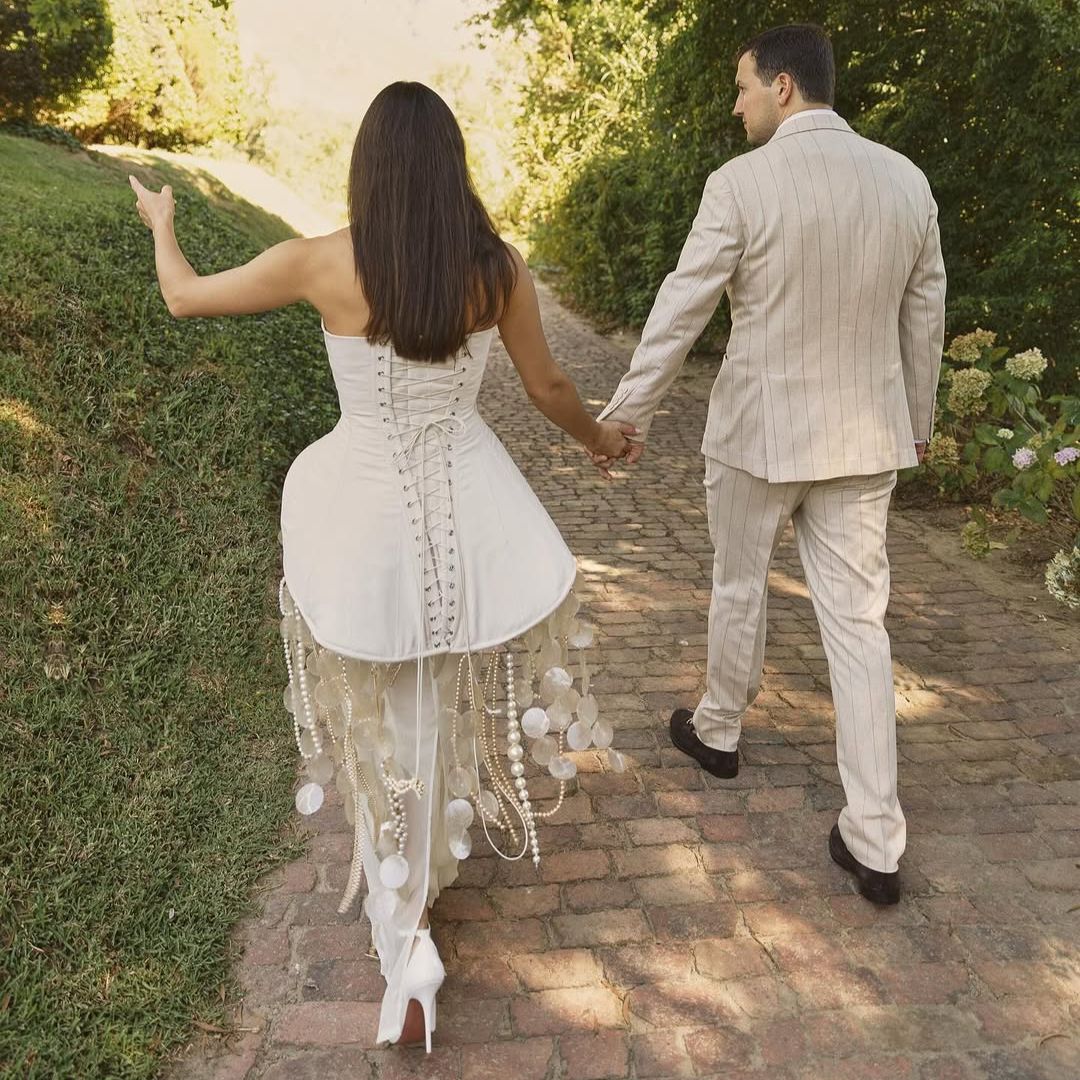 The best wedding dresses for every bridal style and budget
The best wedding dresses for every bridal style and budgetThese are the standout gowns of 2025
By Lauren Cunningham
-
 Learning to code could be your next big career move – here’s how to get started
Learning to code could be your next big career move – here’s how to get startedBy Jenny Proudfoot
-
 You'll never guess which White Lotus characters almost had sex in the finale
You'll never guess which White Lotus characters almost had sex in the finaleWe can't believe this
By Iris Goldsztajn
-
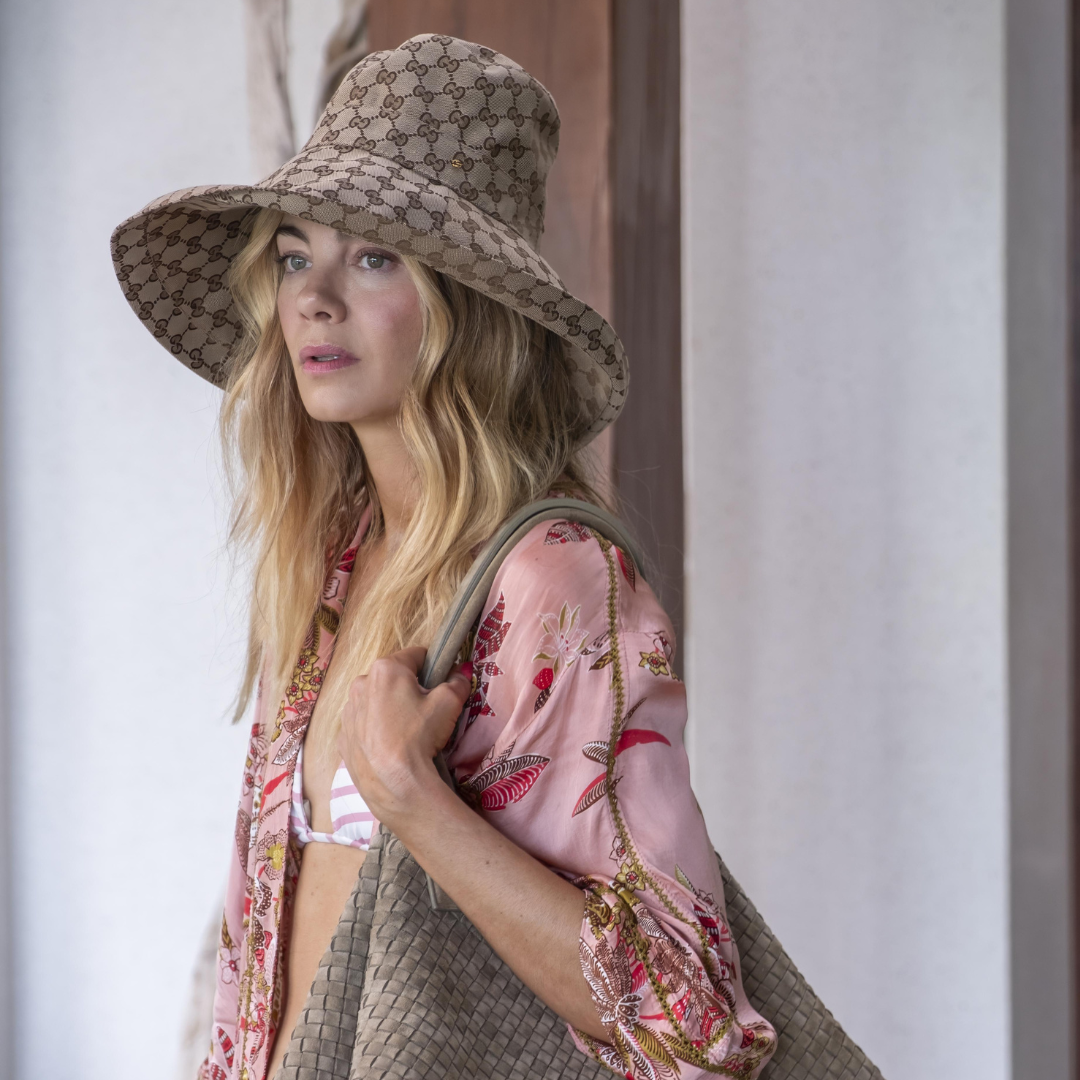 Michelle Monaghan had an interesting response to that bizarre White Lotus monkey theory
Michelle Monaghan had an interesting response to that bizarre White Lotus monkey theoryBy Jadie Troy-Pryde
-
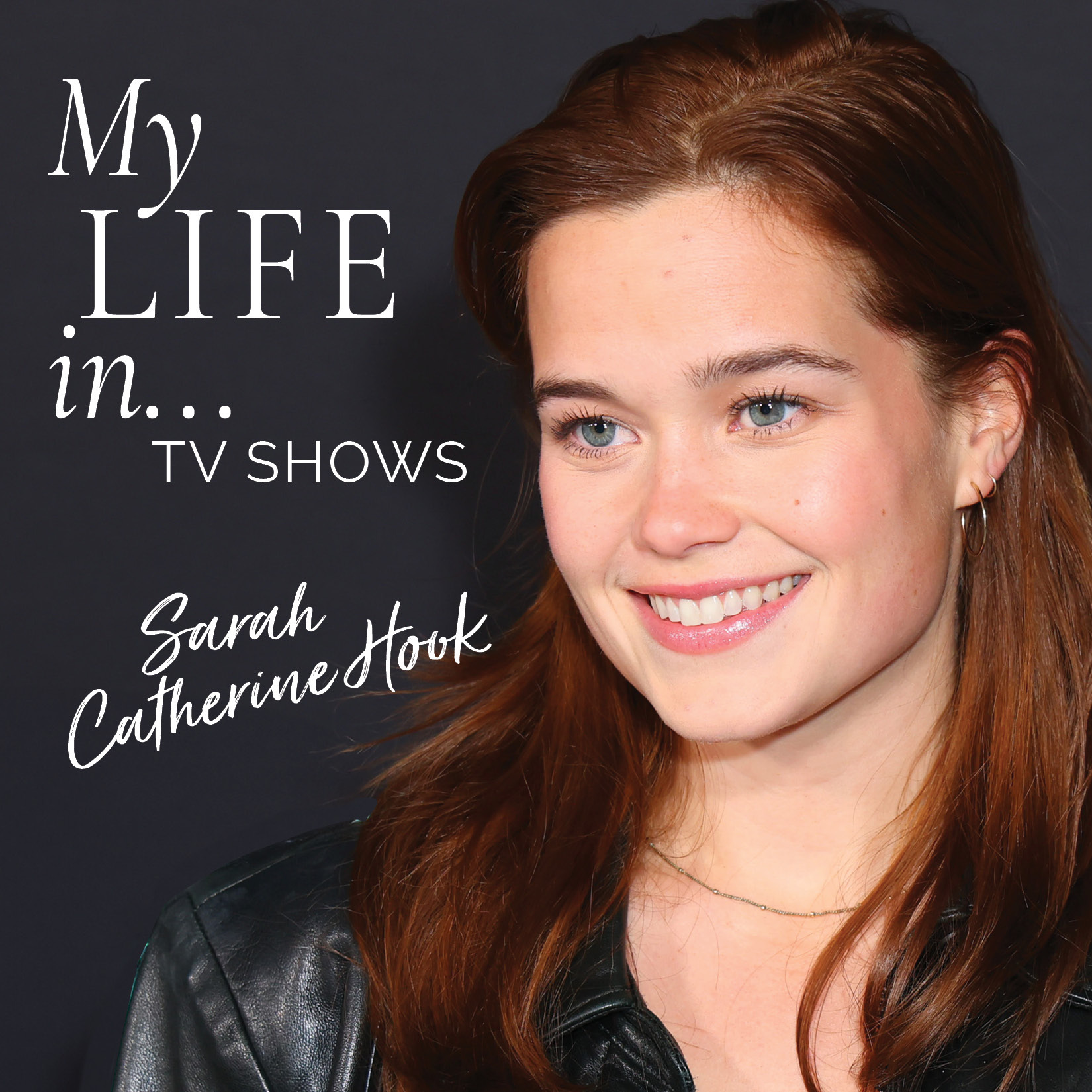 Sarah Catherine Hook on The White Lotus, acting rituals and Patrick Schwarzenegger's insatiable hunger
Sarah Catherine Hook on The White Lotus, acting rituals and Patrick Schwarzenegger's insatiable hungerBy Jadie Troy-Pryde
-
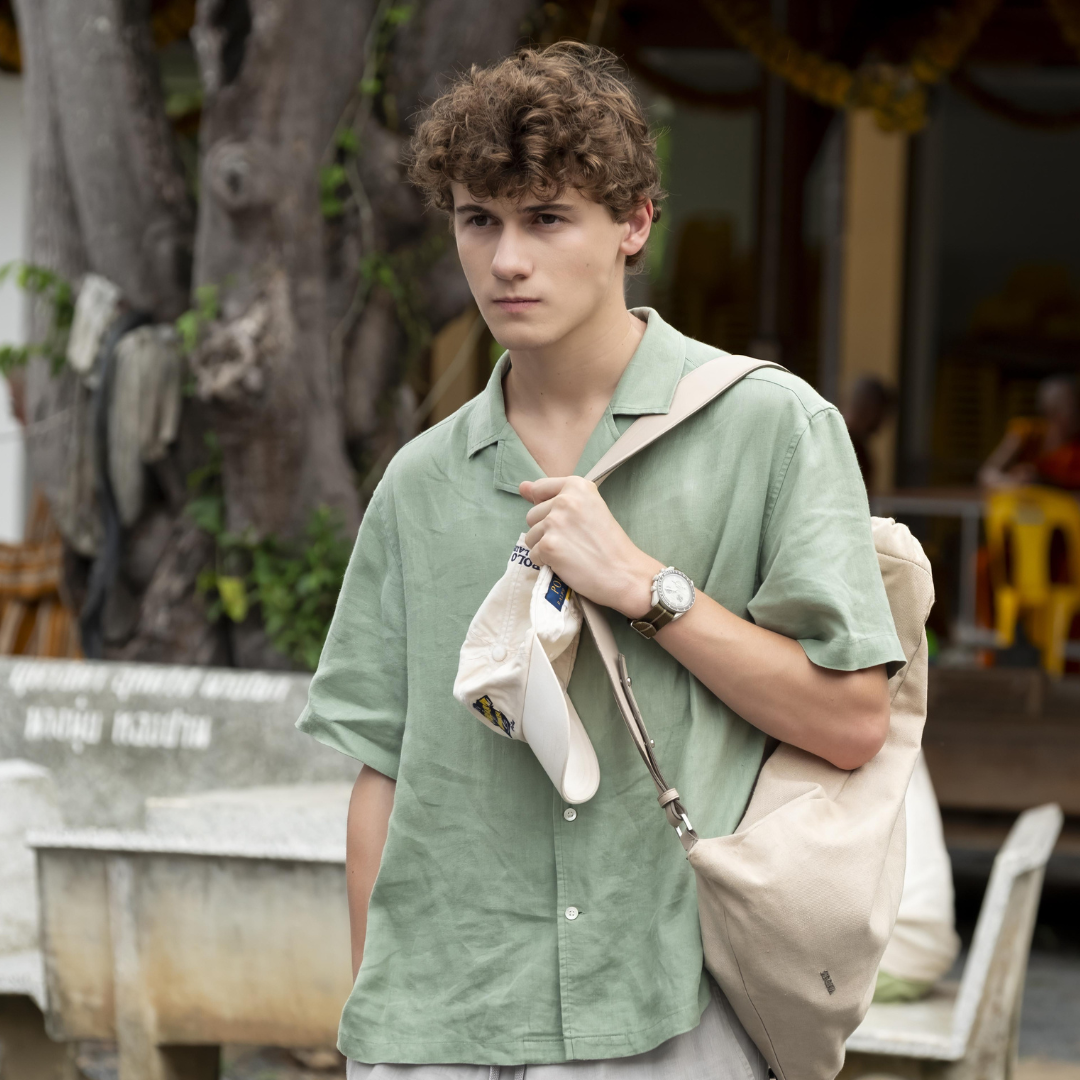 White Lotus star Sam Nivola explains Lochlan's motive for the 'f***ed up' scene with Saxon
White Lotus star Sam Nivola explains Lochlan's motive for the 'f***ed up' scene with SaxonBy Jadie Troy-Pryde
-
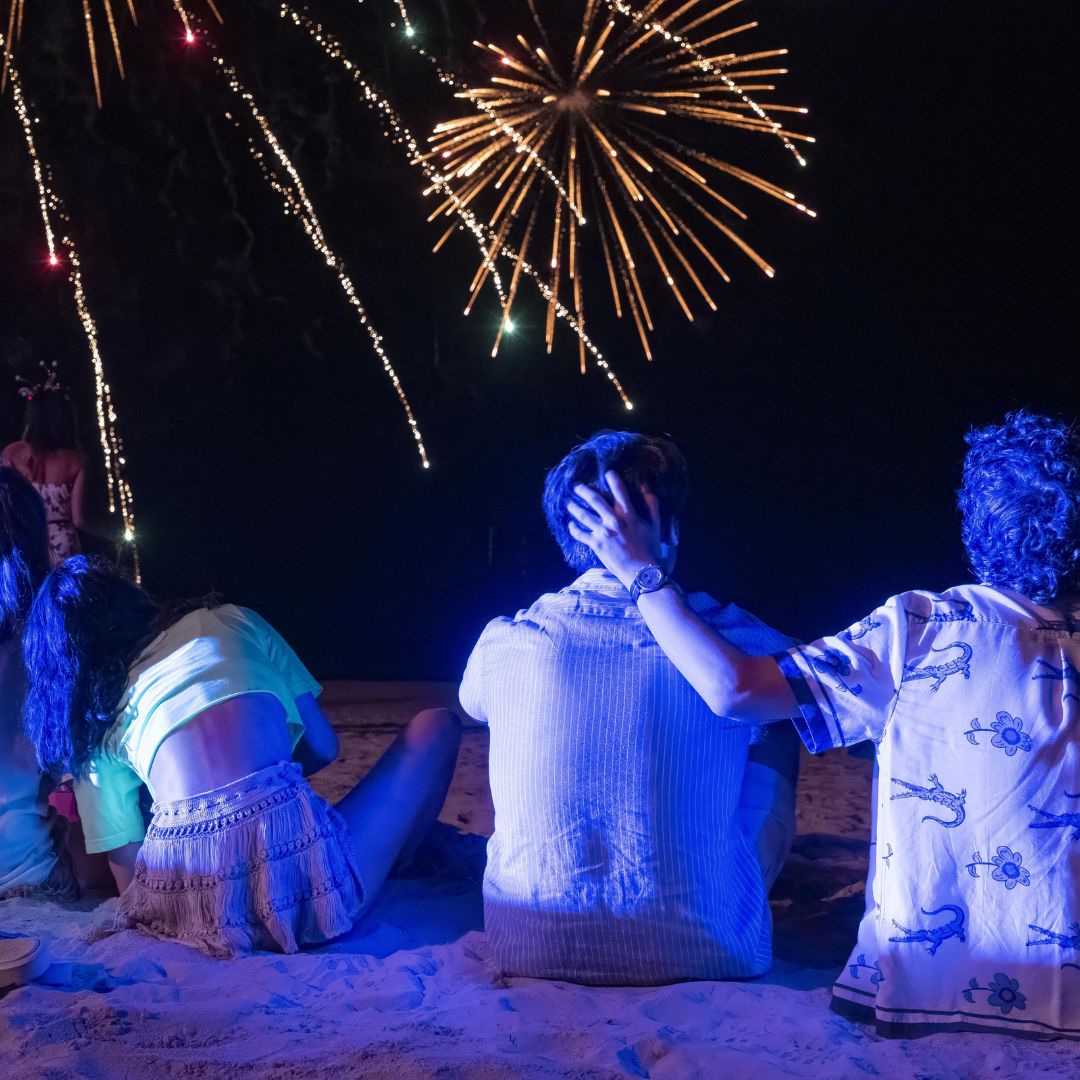 White Lotus producer reveals why the brothers kissing scene needed to be there
White Lotus producer reveals why the brothers kissing scene needed to be thereHowever much you might have wished it *wasn't* there
By Iris Goldsztajn
-
 Jennifer Coolidge finally responds to rumours of her White Lotus return
Jennifer Coolidge finally responds to rumours of her White Lotus returnBy Jadie Troy-Pryde
-
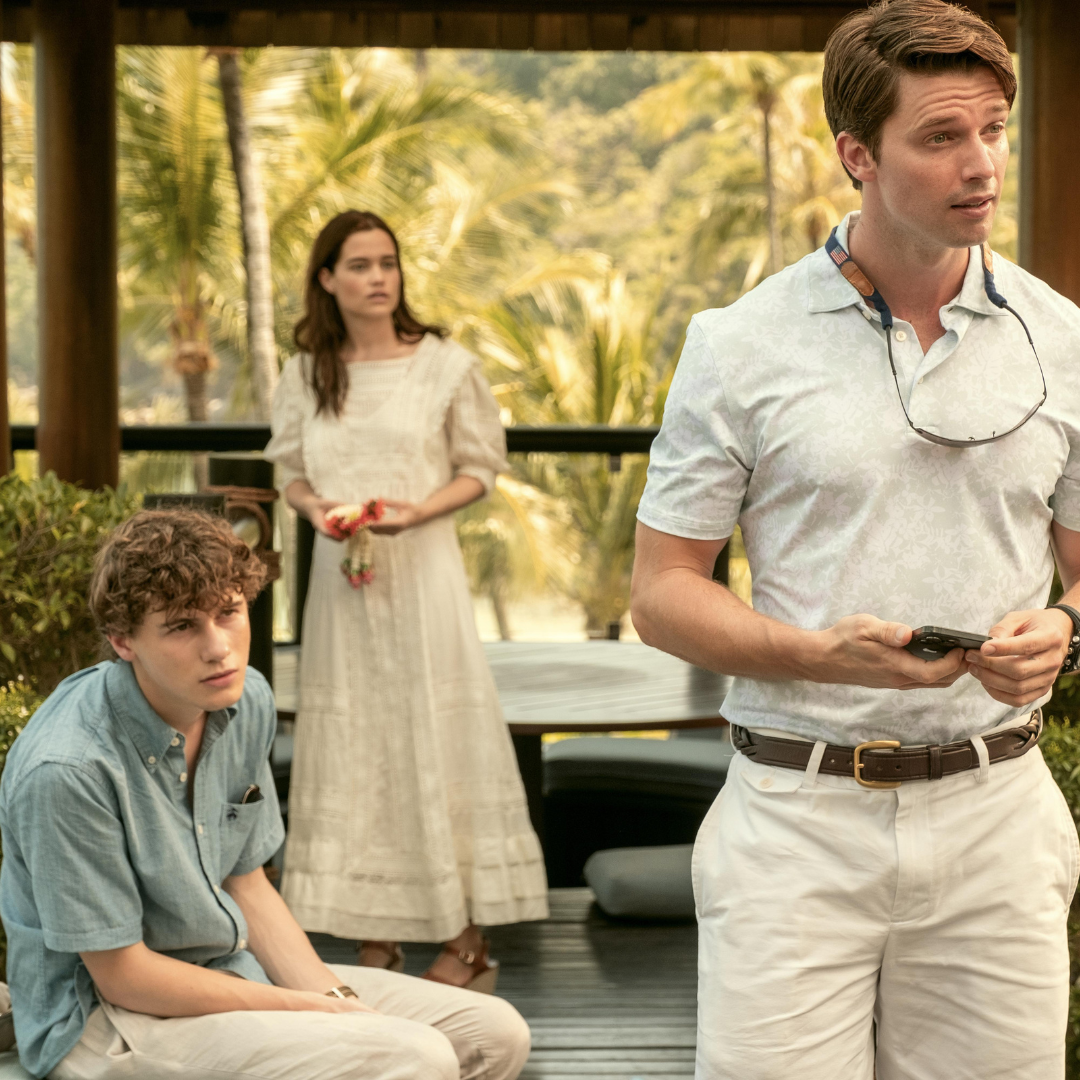 Why everyone is talking about the monkeys in The White Lotus
Why everyone is talking about the monkeys in The White LotusThere are so many theories
By Iris Goldsztajn
-
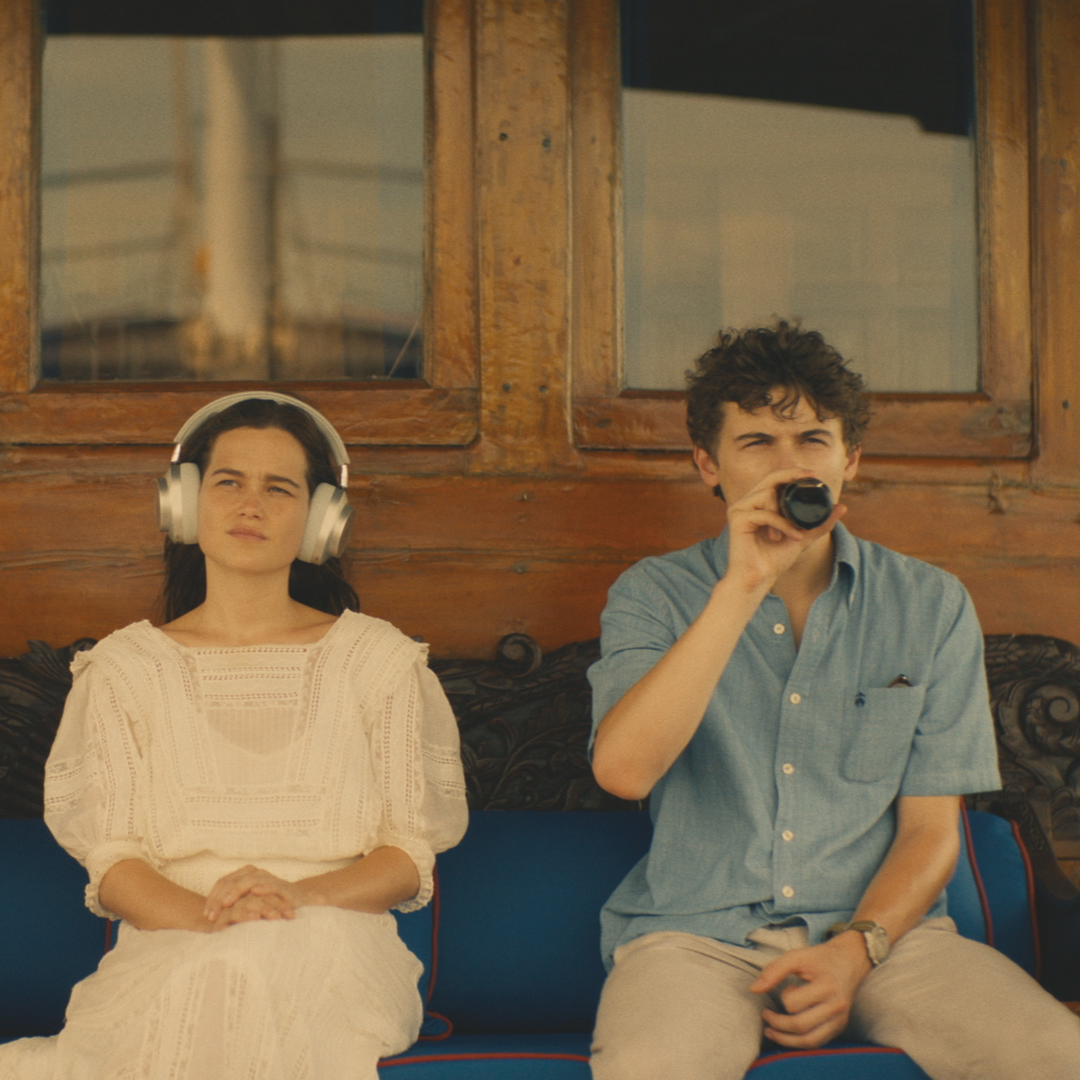 The viral White Lotus theory could actually have a subtle second meaning - and it makes a lot of sense
The viral White Lotus theory could actually have a subtle second meaning - and it makes a lot of senseBy Jadie Troy-Pryde